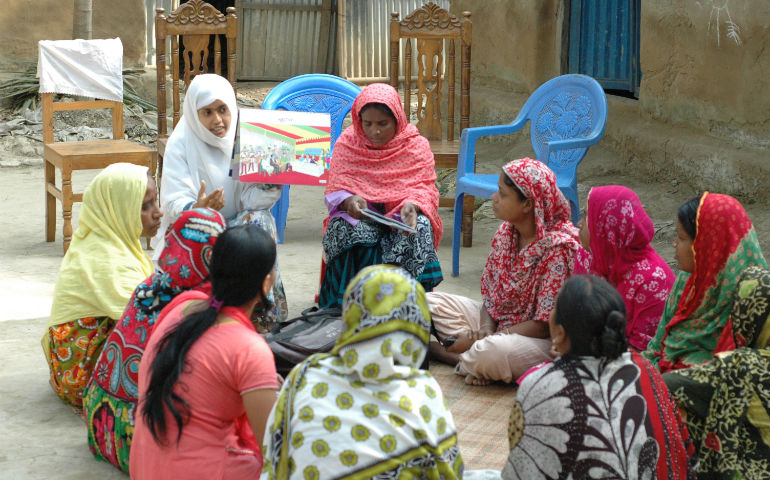The organization’s keystone Essential Health Care program is delivered by 60,000 village women that it trains as community health workers, called Shasthya Shebikas. In 2014, EHC sought new ideas for how these workers could gain greater access to credit, extend their service offerings, and earn more income for themselves. Such changes could enable health workers to continue to improve outcomes across Bangladesh.
To ground their analysis of how the EHC program could evolve, the team began with initial study of practices of other community healthcare worker programs. They studied the Shasthya Shebika model of care, with an eye toward potential extensions of their roles.
On site, the students surveyed health workers and customers to understand workers’ incentives, the products they sold, and additional details about their work. They examined the feasibility of products and services that could be added to Shasthya Shebika portfolios to increase their income. By recommending changes such as increasing the number of high-margin, high-volume items they sell, students specified ways in which Shasthya Shebikas could increase their income, and hence their access to capital, which also offered a potential route for increasing the engagement of inactive workers.

